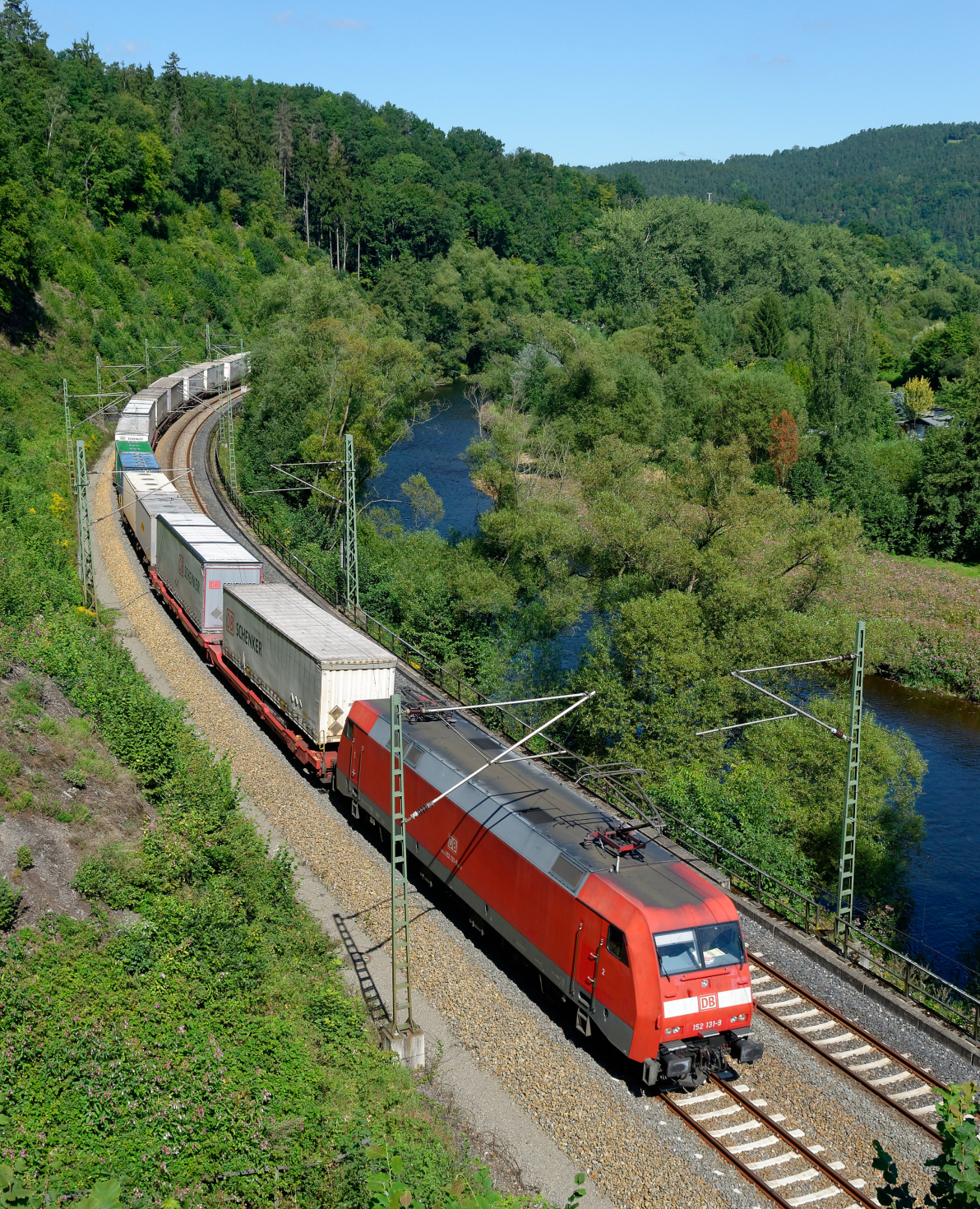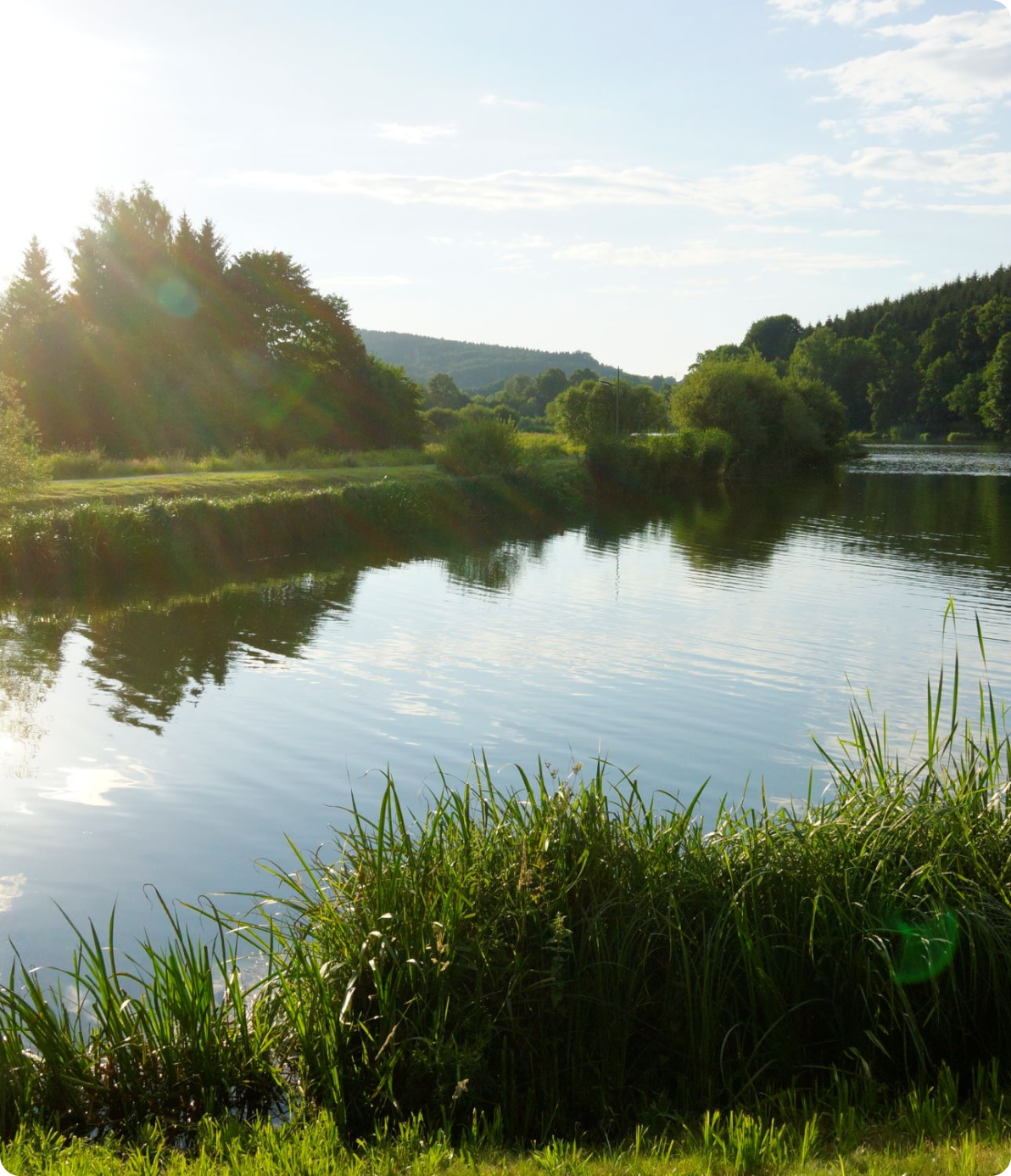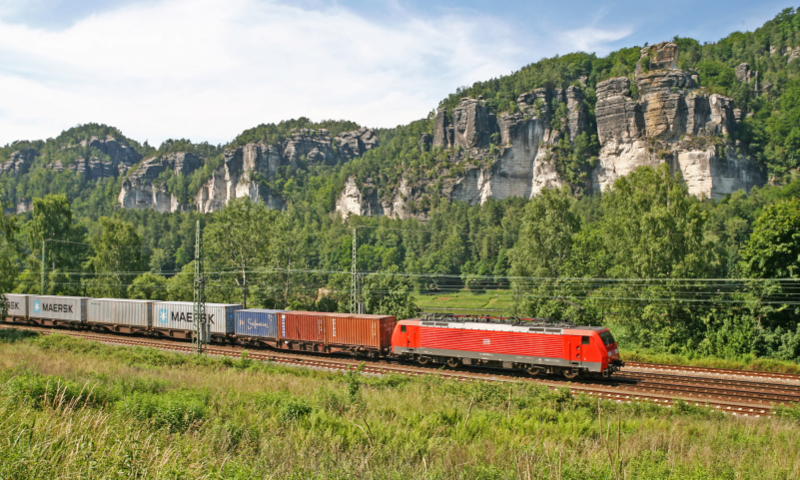Mapped species in the project area (1/3)
Sand lizard: The sand lizard (Lacerta agilis) cavorts in the project area at the railway embankment on the sun-warmed stones, which provide excellent shelter.
Hazel Dormouse: This small dormouse (Muscardinus avellanarius) was discovered near the Kastanienallee near Heidenau. The nocturnal climber is distinguished by its warm golden fur. It is at home in near-natural forests and field copses and is strictly protected in Europe.
Fat Dormouse: Like the Hazel dormouse, the Fat dormouse (Glis glis) belongs to the dormouse species. The nocturnal rodent eats winter fat with the fat-rich nut fruits of the forest and then goes into hibernation from September to May.











